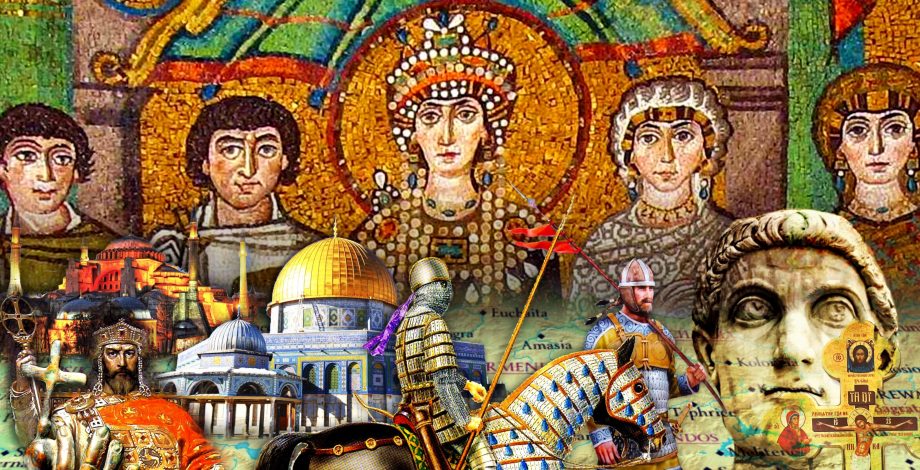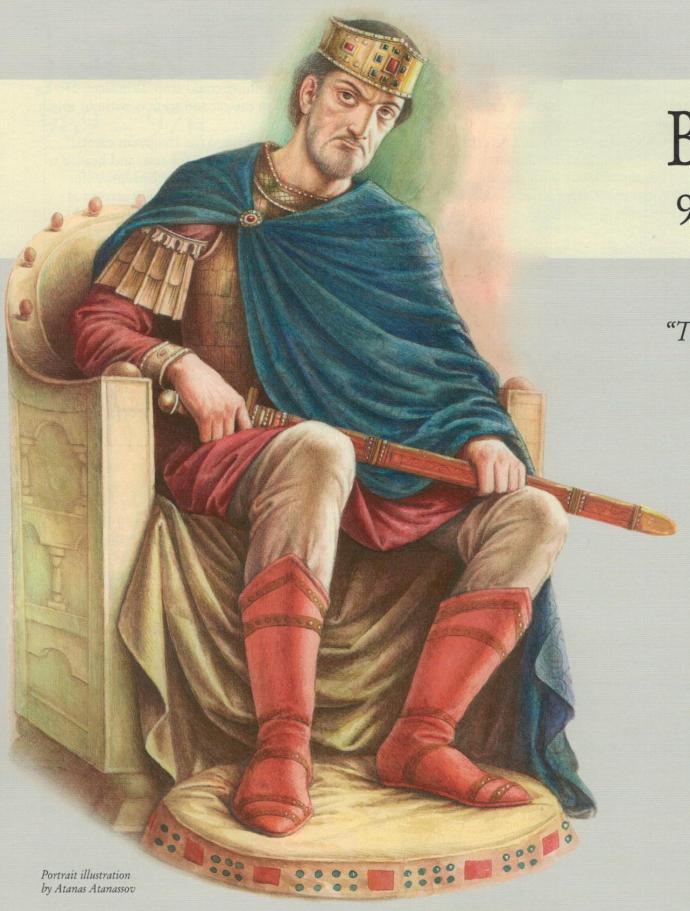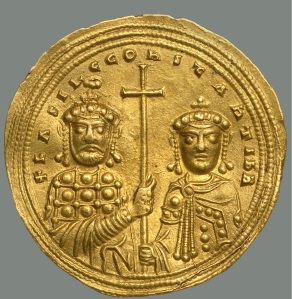Finally Basil II stands alone as master of the Roman world. Let’s get to know him.
Period: 976-996
Download: Basil II
RSS Feed: The History of Byzantium
If you want to send in feedback to the podcast:
– Either comment on this post.
– Or on the facebook page.
– Leave a review on Itunes.
– Follow me on Twitter.



It’s hard to not come away really impressed with Basil as a person. There are so many situations in his life where even the slightest misstep could have ended it all. I’m sure there were quite a bit of luck involved too, but still.
Hi Robin,
got a question for the end of the “century” in 1025. Would you please talk about slavery in Byzantium (their rights, what it meant to be a slave in a Christian nation, their lifestyles etc) and also talk about the slave trade with the Rus et al, which was supposedly very valuable for Byzantium.
It’s a topic you’ve always seemed to skirt around in the past but a valuable one to cover head on.
Loving the show,
PB
Hey,
In episode 85 I did talk about slavery:
“Finally the lowest of the low in the Empire were the slaves. The Christianisation of the Empire had made large plantation style slave operations unfashionable but the end of wars of conquest had largely made this impractical anyway. Legally speaking slaves continued to exist as they always had done. They were their masters property and weren’t allowed to own anything themselves. All across the empire they existed in the homes of the wealthy or the fields of the poor but we assume at lower levels than they once had. They might cook, clean or raise the children. Or put to work making bricks or processing crops. Skilled slaves were always in demand so that they could help weave baskets or make textiles. Slaves were often put to work by the government in silk production or armament workshops.
It was expected that you would free your slaves after a period of time and there was a special church service designed for manumission. Many would then stay in the village they’d worked in and start a family of their own.
Most slaves were prisoners of war but others were bought from pirates or traders on the coast. It all sounds more humane and relaxed than the excesses of slave ownership in the popular imagination. But it’s surprising in some ways that Christianity had altered this situation so little.”
What else would you like to know?
R
Hi Robin,
sorry for the late reply; I just saw this as I was doing a checklist of admin items.
A few extra questions, if you would:
A lot of the slaves would be Muslim PoWs/captured civilians from the Middle East. How did they integrate with the Chrisitian Roman Nation? Were they ever able to visit mosques in Roman lands?
What was the extent of slavery? In Ancient Greece, a very sizeable section of the population seemed to be slaves with most households owning a slave and there being large estates/mines etc. It seems lower in these times. Did slaves make up 1/5th the population in Byzantium, 1/10th, 1/100th?
PB
Cool